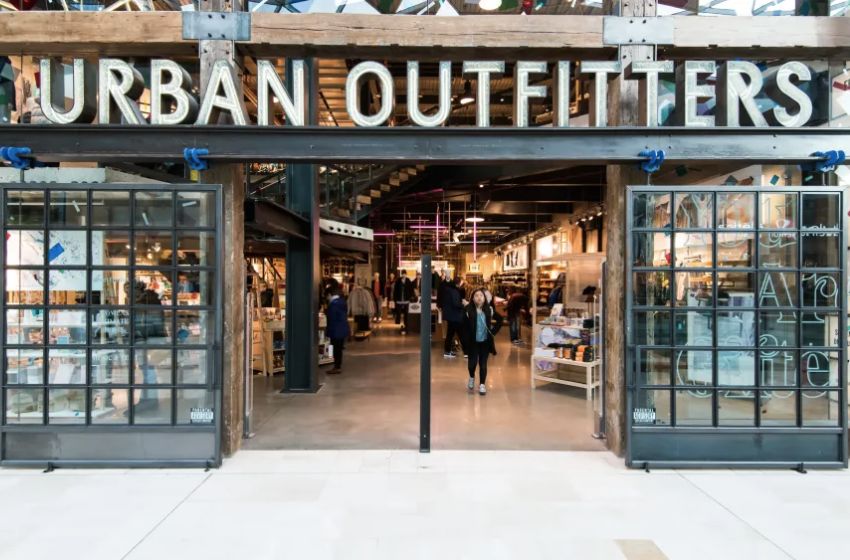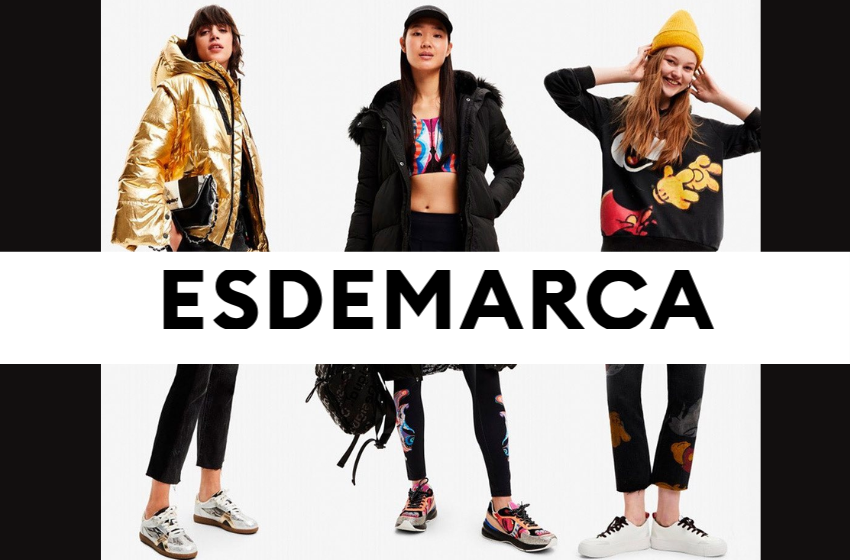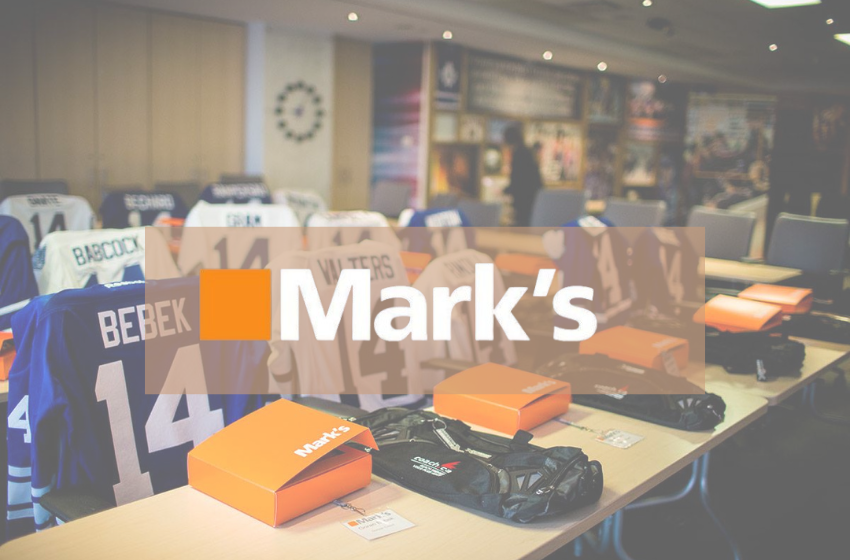
Introduction to Urban Outfitters
Urban Outfitters is a well-known clothing and lifestyle brand that has become a staple in the fashion industry. With its eclectic mix of trendy clothing, unique home decor, and quirky accessories, Urban Outfitters has created a strong following among young adults seeking to express their individuality through their style.
The journey of Urban Outfitters began in 1970 when Richard Hayne and Scott Belair opened up a small retail store named "Free People" in Philadelphia, Pennsylvania. The store was initially focused on selling second-hand clothing and household items but soon evolved into showcasing bohemian-inspired apparel and accessories.
In 1976, the company underwent a rebranding process and changed its name to Urban Outfitters. With this change came a new focus on catering to the urban youth culture by offering unique merchandise at affordable prices.
History and Background of the Brand
Urban Outfitters has become a household name in the world of fashion and lifestyle, known for its eclectic and trend-setting clothing, accessories, home decor, and gift items. But how did this iconic brand come to be? Let's dive into the history and background of Urban Outfitters to discover the story behind this beloved brand.
The birth of Urban Outfitters can be traced back to 1970 when Richard Hayne and his college roommate Scott Belair founded a small retail store called "Free People." The store was located in Philadelphia, Pennsylvania, near the University of Pennsylvania campus. Free People initially sold second-hand clothing and household goods with a focus on catering to college students.
In 1976, Hayne bought out Belair's share in the company and changed its name to "Urban Outfitters." The new name reflected Hayne's vision of expanding beyond just catering to college students and creating a unique shopping experience for urban dwellers.
Evolution of Urban Outfitters Style
Urban Outfitters has been a go-to destination for fashion-forward individuals since its inception in 1970. Over the years, the brand has evolved and transformed to become what it is today – a global lifestyle brand with a cult following. The style of Urban Outfitters has also undergone significant changes, reflecting the ever-changing tastes and preferences of its target demographic.
The origin of Urban Outfitters can be traced back to 1970 when brothers Richard Hayne and Scott Belair opened their first store called "Free People" in Philadelphia. The store catered to young adults who were looking for unique and eclectic clothing pieces that were not readily available in mainstream stores. This early version of Urban Outfitters embodied a bohemian, free-spirited aesthetic that was popular among young people at the time.
In the late 1980s and early 1990s, Urban Outfitters underwent a major expansion phase, opening new stores across North America. This growth coincided with a shift in the brand's style, which became more edgy and alternative. The grunge movement was on the rise during this time, and Urban Outfitters capitalized on this trend by offering an array of vintage-inspired clothing pieces such as oversized flannels, distressed denim, band t-shirts, and combat boots.
Impact on Fashion and Culture
Urban Outfitters has become one of the most recognizable and influential clothing brands in today’s fashion industry. Its unique style, eclectic designs, and bold aesthetic have made it a go-to destination for fashion-forward individuals looking to express their individuality. However, Urban Outfitters is more than just a clothing brand; it has also had a significant impact on both fashion and culture.
Fashion is constantly evolving, and Urban Outfitters has played a pivotal role in shaping the trends we see today. The brand emerged in the 1970s during the height of counterculture movements, such as punk and grunge. This rebellious spirit was reflected in their clothing, which featured edgy and unconventional designs that stood out from mainstream fashion at the time.
As Urban Outfitters expanded into cities like New York and Los Angeles in the 1980s, they began to incorporate elements of streetwear into their collections. This fusion of high fashion with urban street style became known as “streetwear,” a trend that continues to dominate runways today. The brand's willingness to push boundaries and experiment with new styles has solidified its position as an innovative force within the industry.
Conclusion
As we have discovered, Urban Outfitters is more than just a clothing brand - it represents a lifestyle and a community. Their unique approach to fashion, their commitment to sustainability, and their dedication to curating an authentic experience for their customers have all contributed to the success of this iconic brand. Whether you're looking for trendy clothes or seeking inspiration for your own personal style, Urban Outfitters has something for everyone. So next time you step into one of their stores or visit their website, remember the story behind the brand and embrace the urban lifestyle with confidence.




